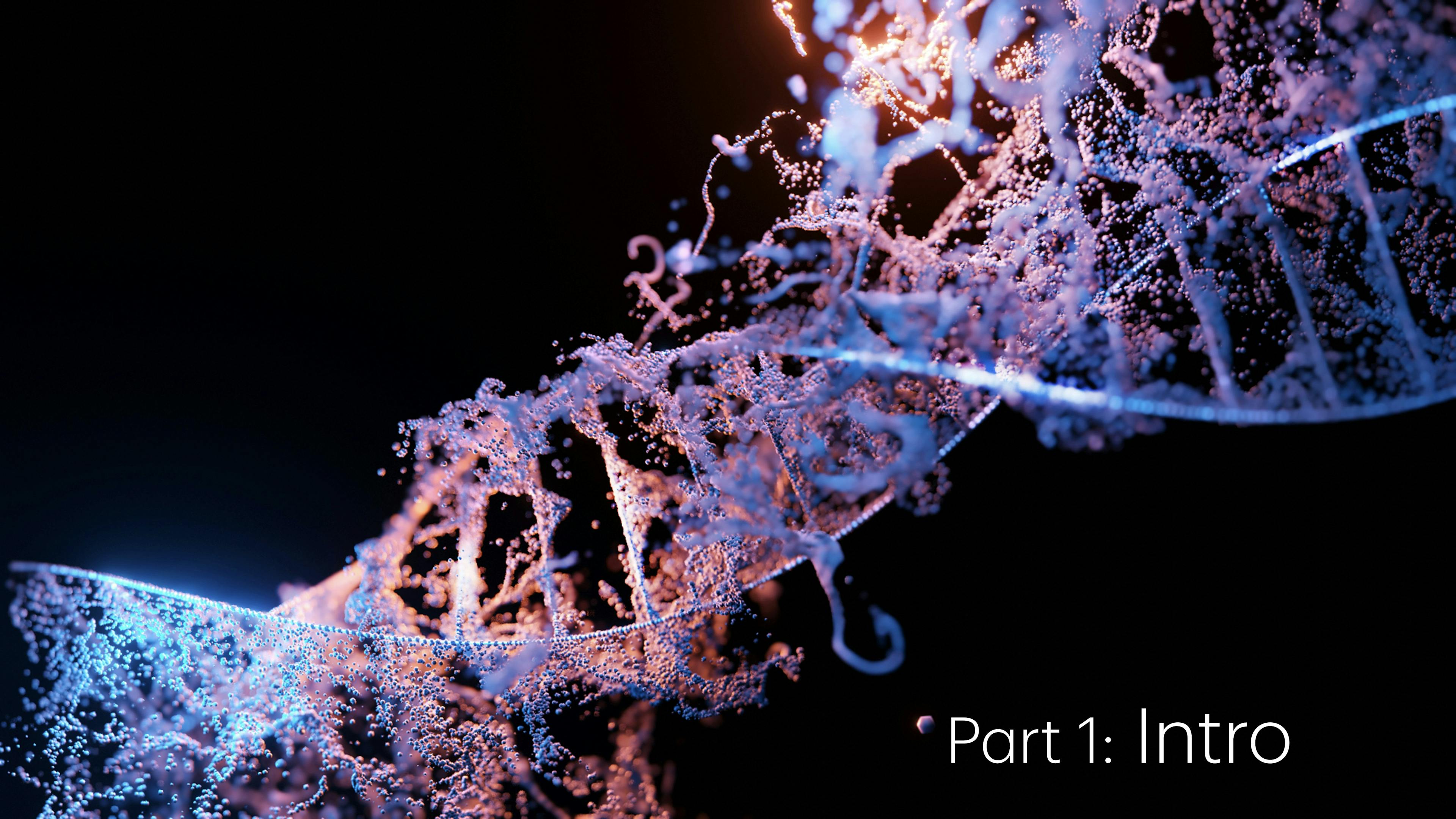Antisense oligonucleotides (ASOs) are a growing class of therapeutic agents that modulate gene expression and promise to treat a spectrum of disorders once considered 'undruggable'.
Since their first market entry in the '90s, the FDA and EMA have approved at least nine ASO therapies for conditions such as Duchenne muscular dystrophy, marking significant strides in the clinical application of this technology.
ASOs modulate gene expression. At the molecular level, they enact their mechanism of action by binding to complementary mRNA sequences to promote degradation or cause exon-skipping before translation to protein. As such, ASOs offer the advantage of precise targeting of sequences with potentially fewer off-target effects compared to small molecules. ASOs can also target a sequence specific to a genotyped patient, providing a clear route to precision medicine.
A key challenge for ASOs is their large size (relative to small molecules), which makes them difficult to deliver to target cells. Therefore, understanding the journey of each molecule in the body is crucial for developing better delivery methods. To achieve this, bioanalytical pharmacokinetic (PK) studies are conducted to determine if a drug reaches its intended target by measuring the drug and its metabolites in various biological samples.
As ASOs continue to advance in clinical development for various therapeutic applications, robust bioanalytical methods are needed to evaluate them effectively at all stages of the drug pipeline and ensure the best drugs (i.e. most effective, promising, and highest-quality) make it to the clinic.
ASOs present unique challenges in PK bioanalysis, which are summarised here:
Structural Diversity
ASOs are designed to overcome degradation by nucleases and reach their site of action whilst maintaining RNA-binding affinity. To achieve this, ASOs use diverse chemical modifications, including phosphorothioate backbones, sugar modifications (e.g. OME, MOE, morpholino), or conjugates (e.g. GalNAc).
Each modification changes the ASO’s physicochemical properties, which in turn affects their performance during bioanalytical assays. This means a large degree of optimisation during the development of bioanalytical methods is often required. ASO pharmacokinetic properties are largely driven by chemistry rather than sequence, so any amendments to chemistries require independent study. Together, these factors pose issues for early-stage development, where PK screening is performed on numerous candidates. New technologies are required to facilitate rapid optimisation and validation.
Sensitivity
ASOs are desirably administered at low doses to reduce their toxicity; therefore, highly sensitive analytical methods are required to detect and quantify them in biological matrices. Conventional detection techniques such as LC-MS or branched DNA may lack the required sensitivity. PCR, which is generally seen as the most sensitive tool for quantification of nucleic acids, suffers from poor reverse-transcriptase efficiency due to the chemical modifications in ASOs. Some workarounds, such as splint ligation PCR, alleviate these issues, but they introduce additional complexity to the protocols.
Specificity
Discriminating ASOs from endogenous (natural) nucleic acids poses a significant challenge in bioanalysis. ASO sequences may overlap with homologous sequences in mRNA, leading to non-specific binding and quantification errors. Employing highly selective techniques such as combining LC-MS with sequence-specific hybridisation may yield a solution.
Additionally, specificity towards individual metabolite sequences is also required to understand full PK. These metabolites can be one or two bases shorter or longer, which poses a large challenge for techniques other than LC-MS.
Matrix Effects
Biological matrices such as plasma and tissue contain other endogenous components, such as proteins, that can interfere with ASO quantification. Matrix effects can lead to signal suppression or enhancement in techniques such as hybridisation ELISA, which uses enzymes, compromising assay accuracy and reproducibility. Sample preparation techniques like solid-phase extraction and matrix-matched calibration standards can help to minimise matrix effects and improve assay reliability.
Stability
ASOs are susceptible to degradation by nucleases present in biological samples, leading to inaccurate quantification. To preserve ASO integrity during analysis, stabilising agents such as RNase inhibitors and chelating agents may be incorporated into sample processing protocols.
Standardisation and Validation
No single technology is currently considered the gold standard for oligonucleotide analysis, as study objectives vary, and bioanalytical format requirements vary according to modification and concentration range required. Each bioanalytical approach offers both positive results and related challenges. Validation procedures such as specificity, accuracy, precision, and sensitivity ensure the reliability of ASO quantification results across different laboratories and studies
____
In conclusion, effective bioanalysis of ASOs requires overcoming various inherent challenges from their structural complexity, low concentrations, and interactions with biological matrices.
Existing techniques can be customised to address ASO-specific quantification. However, there is still a need for sensitive and robust techniques that can be rapidly optimised for new ASOs to drive the pipeline forward and see better drugs helping patients.
Better tools for ASO quantification are something we are addressing here at Nanovery. For more information, please visit our pages at:
Or simply get in touch to find out more.
---
References
[1] Roberts TC et al. "Advances in oligonucleotide drug delivery." Nature Reviews Drug Discovery 19, 673–694 (2020)
[2] Shin M et al. "Quantification of antisense oligonucleotides by splint ligation and quantitative polymerase chain reaction." Nucleic Acid Therapeutics 32.1, 66-73 (2022)
[3] Guimaraes G et al. "Antisense oligonucleotide in vitro protein binding determination in plasma, brain, and cerebral spinal fluid using hybridization LC-MS/MS." Drug Metabolism and Disposition, 50(3), 268-276 (2022)
[4] Osawa M et al. "Sensitive and specific quantification of antisense oligonucleotides using probe alteration-linked self-assembly reaction technology." BioTechniques 75.1, 21-30 (2023)
Read also


We are a data driven company using DNA nanotechnology and AI to scale up testing of nucleic acids for powerful insights from valuable samples.
